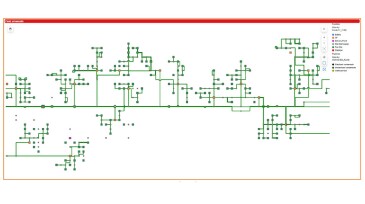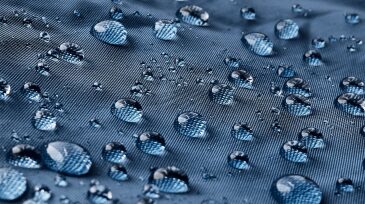paraffins
-
This paper explains that the discovery of specific pressure trends, combined with an unconventional approach for analyzing gas compositional data, enables the detection and prediction of paraffin deposition at pad level and in the gathering system.
-
Machine learning and a decade of gas composition records helped the operator identify wells that were most likely to produce paraffins.
-
Paraffin deposition on the meters measuring produced water volumes causes inaccurate readings. New technology solutions enable lasting accuracy in the place of routine maintenance that provides a temporary solution.
-
The authors of this paper discuss a biosurfactant treatment that offers an economical method for remediation of formation damage caused by high-molecular-weight paraffin wax deposition in porous media.
-
More than 1,000 pieces of oilfield equipment in the US have already been treated with a nanocoating that the company says nixes fouling problems caused by paraffins and inorganic scales.
-
Production of paraffinic crude presents challenges due to depressurization and cooling of crude oil during production.
-
YPF’s data analytics experts are eagerly seeking partnerships with oilfield operations experts who can help blend elegant data analysis with the messy reality of oil production.
-
Cold finger tests are a standard method for testing paraffin inhibitors, but there is no standard testing protocol, and sometimes different labs can see inconsistent results. Shell and BHGE studied the root causes of these issues.
-
In this study, the effects of the hydrodynamic parameters are decoupled with specially designed flow-loop experiments. The results enhance understanding of the deposition behavior at various hydrodynamic conditions and aid in scaling up from laboratory to field conditions.
-
As operators rely on longer subsea tiebacks, an upward trend in the number of plugs caused by paraffins and hydrates has been seen. New prevention and remediation methods are discussed to help solve these challenges.
Page 1 of 2










